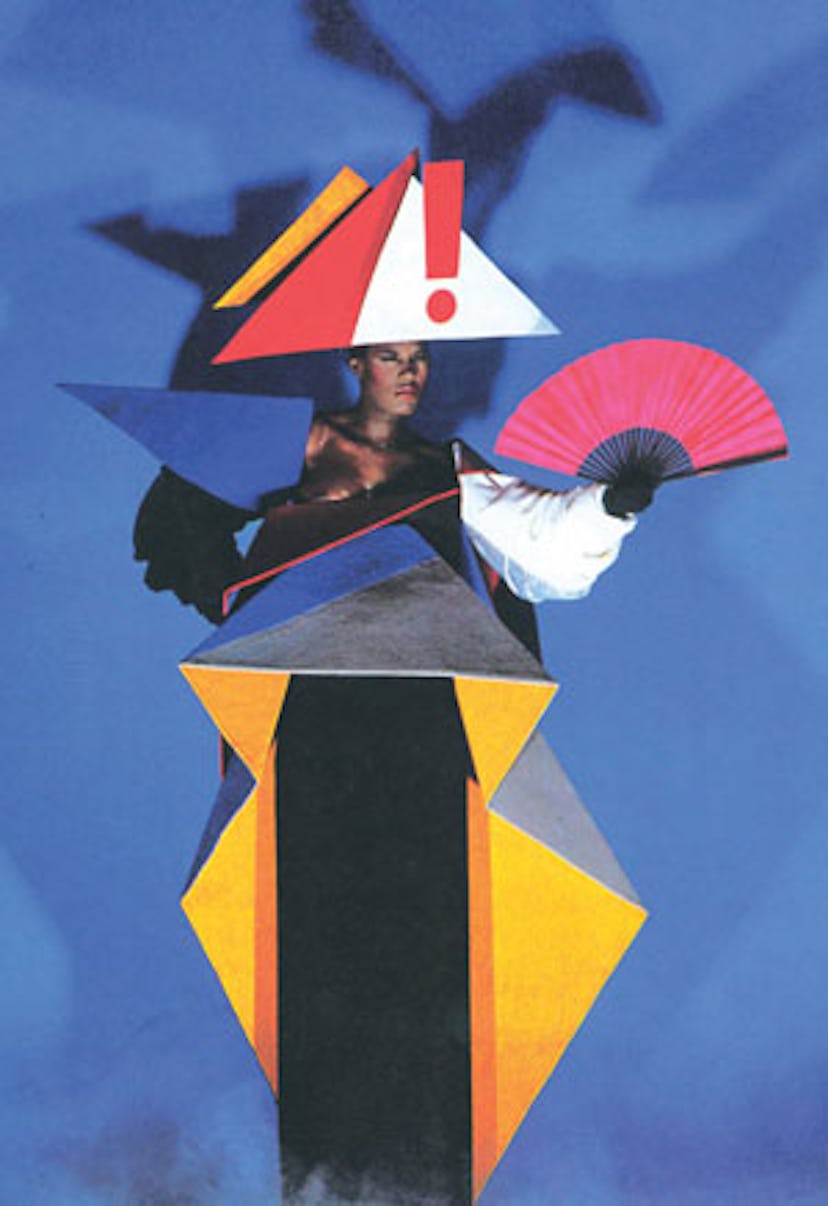Sept 24: “Postmodernism: Style and Subversion 1970-1990”
As cultural movements go, postmodernism enjoys a fairly dubious distinction: Despite its pivotal role in defining the playfully garish aesthetic of the late Seventies and Eighties, it remains a despised and convoluted term, seemingly slapped on any creative work that either rejected convention and commercialism or flagrantly embraced them.

As cultural movements go, postmodernism enjoys a fairly dubious distinction: Despite its pivotal role in defining the playfully garish aesthetic of the late Seventies and Eighties, it remains a despised and convoluted term, seemingly slapped on any creative work that either rejected convention and commercialism or flagrantly embraced them. But if you’re among those who never quite understood what, say, Philip Johnson’s AT&T building has to do with Jean-Paul Goude’s photos of Grace Jones (left), or Peter Saville’s album art for New Order—all considered postmodernist landmarks—London’s Victoria and Albert Museum may clarify matters with the September 24 opening of “Postmodernism: Style and Subversion 1970–1990,” a sweeping survey that pays particular attention to the genre’s roots in design and architecture. “This is a subject notoriously resistant to definition or a grand narrative,” acknowledges cocurator Glenn Adamson, whose team is aiming to show visitors how it evolved organically from an earnest rebellion against modernism, marked by the use of appropriation and pastiche, to a pop culture phenomenon that influenced everything from hip hop and fashion to the sitcom Saved by the Bell. The backlash, of course, was inevitable. By the Nineties, says Adamson, “many critics, theorists, and artists wanted to move on—and did.”
Photo: by Jean-Paul Goude and Antonio Lopez